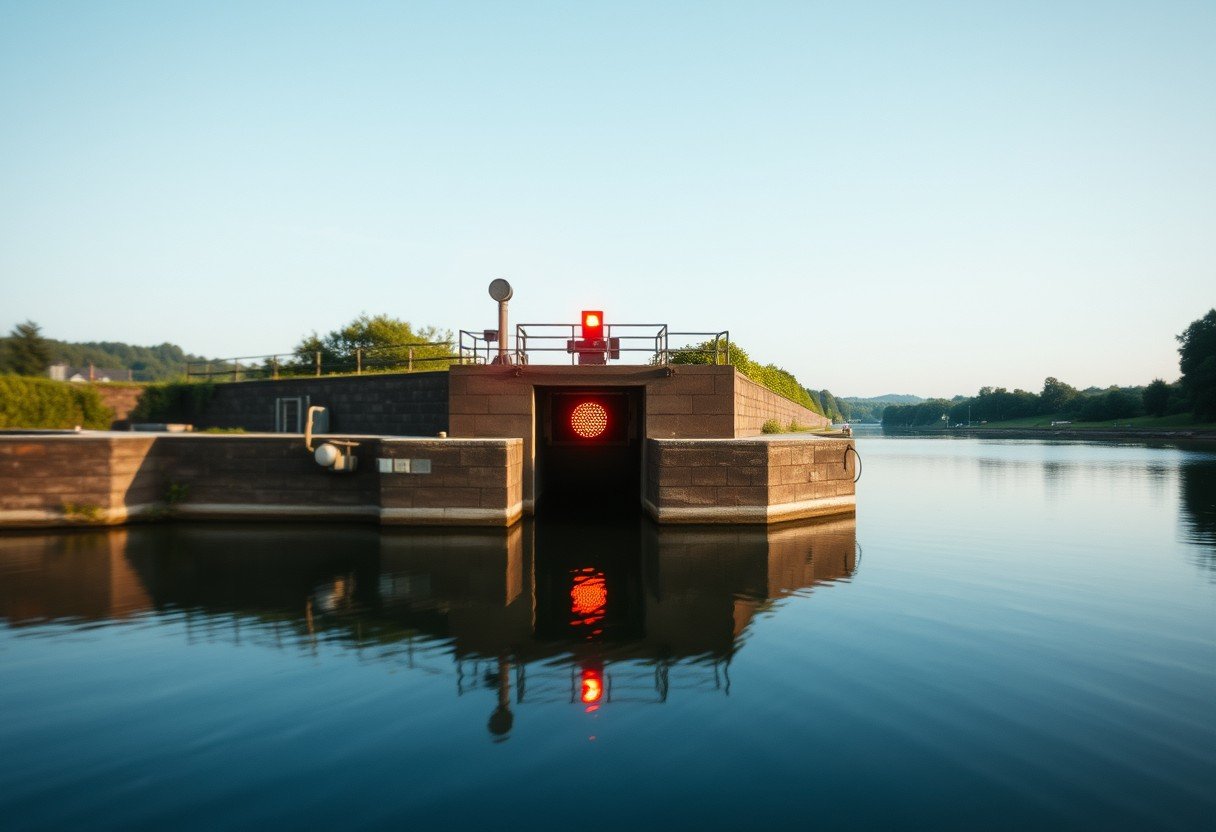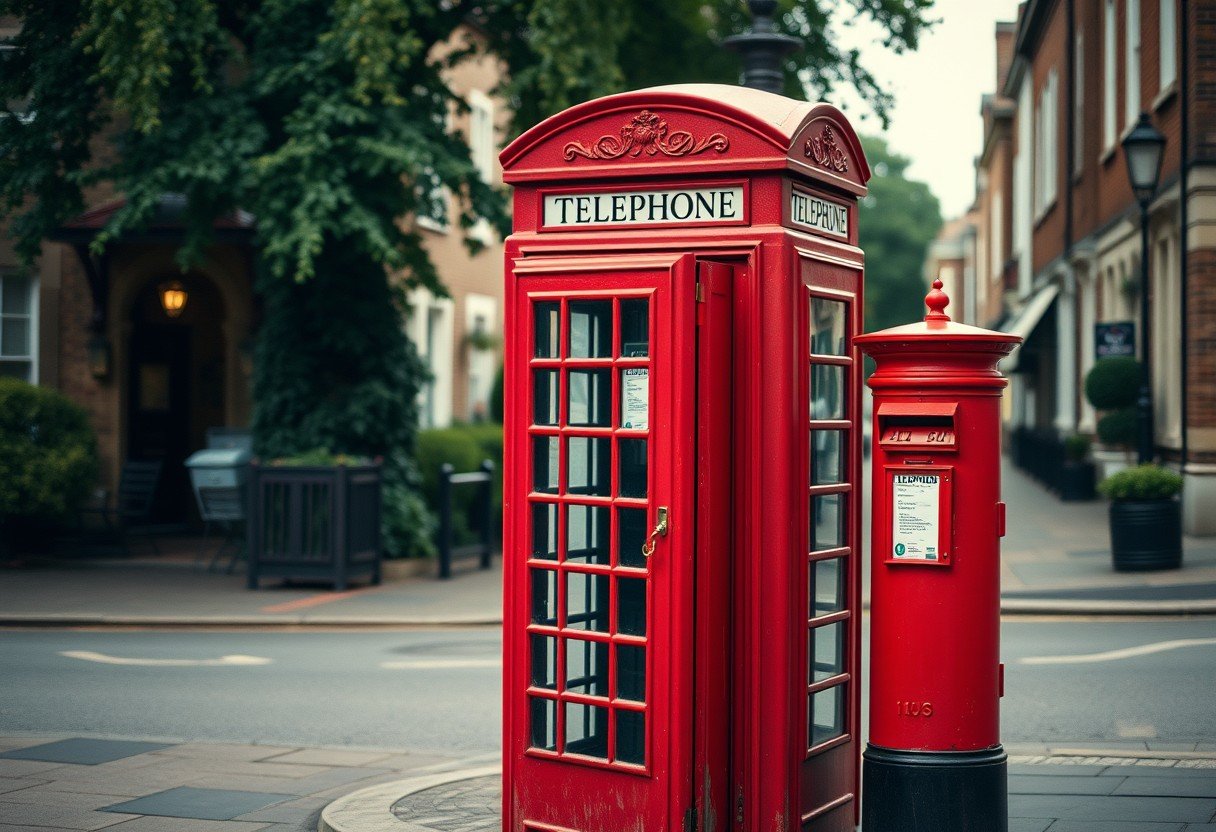When navigating rivers, encountering a flashing amber light near a lock is a critical signal for boaters. This light serves as an important warning, indicating that you must proceed with caution. Understanding what this signal means and the proper actions to take is essential for your safety, the safety of your passengers, and the smooth operation of the waterway. It requires you to slow down, stay vigilant, and prepare for instructions from lock personnel.
Understanding the Signal: What a Flashing Amber Light Means
A flashing amber light at a river lock is a universal cautionary signal. It is not a stop signal, but it is a clear message that conditions are changing or that you need to be on high alert. Think of it as a yellow traffic light on the water.
The light indicates that the lock is currently in operation, meaning another vessel might be entering or exiting. It can also warn of potential navigation hazards in the immediate area, such as strong currents near the lock gates or submerged structures.
Seeing this light means you must prepare for potential delays and maneuvers. The primary purpose is to prevent accidents by giving boaters advance warning to reduce speed and pay close attention to their surroundings. Ignoring it can lead to dangerous situations for you and other vessels.
Immediate Actions to Take When You See the Light
Your immediate response to a flashing amber light can significantly impact your safety. It is crucial to act promptly and correctly to navigate the area without incident. Do not assume you can continue at your current speed or on your current course.
Follow these essential steps as soon as the light is visible:
- Reduce Your Speed: Immediately slow your vessel to a safe speed. This minimizes your wake, which can be dangerous for other boats and the lock infrastructure. A slower speed also gives you more time to react to instructions or changing conditions.
- Stay Alert: Pay close attention to everything happening around you. Look for signals from the lock operator, watch other boat traffic, and be aware of the water currents near the lock entrance.
- Maintain a Safe Distance: Do not approach the lock gates too closely. Keep a safe distance until you receive a clear signal to proceed, which is typically a green light.
These initial actions ensure you are in a safe position to await further instructions and navigate the lock when it is your turn.
Navigating Safely: Communication and Protocols
Clear communication is vital when you are near a river lock. Lock operators have a schedule to maintain and must manage traffic from both upstream and downstream. When you see the amber light, you should try to establish contact with the lock personnel.
Most locks monitor a specific VHF marine radio channel. Using your radio to inform the lock master of your presence and intentions is a standard and recommended practice. This allows them to give you specific instructions, such as where to wait or when to prepare for entry.
If you cannot establish radio contact, look for other signals. Some locks use horn signals, visual signs, or even traffic lights (red, amber, green) to direct boaters. Always follow the established protocols for that specific waterway to ensure a smooth and safe passage.
Legal Responsibilities and Potential Consequences
As a vessel operator, you have legal obligations to follow all navigational aids and signals, including flashing amber lights. These rules are in place to ensure the safety and efficiency of the waterways for everyone. Failing to comply can result in serious penalties.
Maritime authorities enforce these regulations strictly. Ignoring a cautionary signal is considered negligent operation and could lead to fines, suspension of your boating license, or even legal action if your actions cause an accident.
Here is a simple breakdown of common violations and their potential outcomes:
| Violation | Potential Consequence |
|---|---|
| Ignoring the amber light and approaching too fast | Fine for creating a hazardous wake or reckless operation |
| Attempting to enter the lock without a clear signal | Serious fine and potential for causing an accident |
| Failure to follow instructions from lock personnel | Penalties determined by local maritime law |
Understanding and respecting these rules is part of being a responsible boater. It protects you from penalties and contributes to a safer environment for all.
Prioritizing Safety for Everyone on Board
When approaching a lock, the captain’s responsibility extends to everyone on the vessel. The moments during locking can be hazardous if passengers are not properly prepared. Use the waiting time signaled by the amber light to conduct a quick safety briefing.
Ensure all your passengers understand what is happening and what they need to do to stay safe.
- Instruct passengers to remain seated and keep their hands and feet inside the boat at all times.
- Secure any loose items on deck that could fall overboard or become a tripping hazard.
- If conditions are rough or you are new to locking, have everyone put on a life jacket as a precaution.
Your top priority is to ensure the well-being of your crew and passengers. A calm and prepared boat is a safe boat, especially during the potentially turbulent water level changes inside a lock chamber.
What Happens Next? Waiting for the All-Clear Signal
After you have slowed down and are holding a safe position, the next step is to wait. The flashing amber light will eventually change. In most systems, the light will turn to red, indicating that you should hold your position and not approach the lock.
Do not attempt to enter the lock during a flashing amber or a solid red light. You must wait for a steady green light. The green light is the universal signal that the lock is ready for you and it is safe to proceed.
When you get the green light, approach the lock slowly and cautiously. Follow any additional instructions from the lock operator to position your vessel correctly inside the chamber for a safe transit.
Frequently Asked Questions about River Lock Lights
What does a flashing amber light near a river lock mean?
A flashing amber light is a cautionary signal. It means you should reduce your speed, approach carefully, and be prepared for instructions, as the lock is currently in operation or there may be hazards nearby.
What is the first thing I should do when I see a flashing amber light?
The very first action you should take is to slow your vessel down to a safe speed. This gives you more control and time to assess the situation and watch for signals from lock personnel or other boats.
Can I enter the lock when the amber light is flashing?
No, you should never enter a lock when the amber light is flashing. This signal means you must wait. You should only proceed into the lock chamber when you see a steady green light.
Why is it so important to follow lock signals?
Following lock signals is a matter of safety and law. These signals prevent collisions, protect the lock infrastructure from damage, and ensure an orderly flow of traffic through a potentially dangerous area of the waterway.
How do I communicate with lock personnel?
The most common method is using a VHF marine radio on the channel designated for the lock. Some locks may also use horn signals or have contact information posted on signs near the entrance.
What are the key safety rules for passengers near a lock?
Passengers should remain seated, keep all limbs inside the boat, and avoid sudden movements. It is also wise to secure loose gear and have life jackets readily accessible or worn.









Leave a Comment